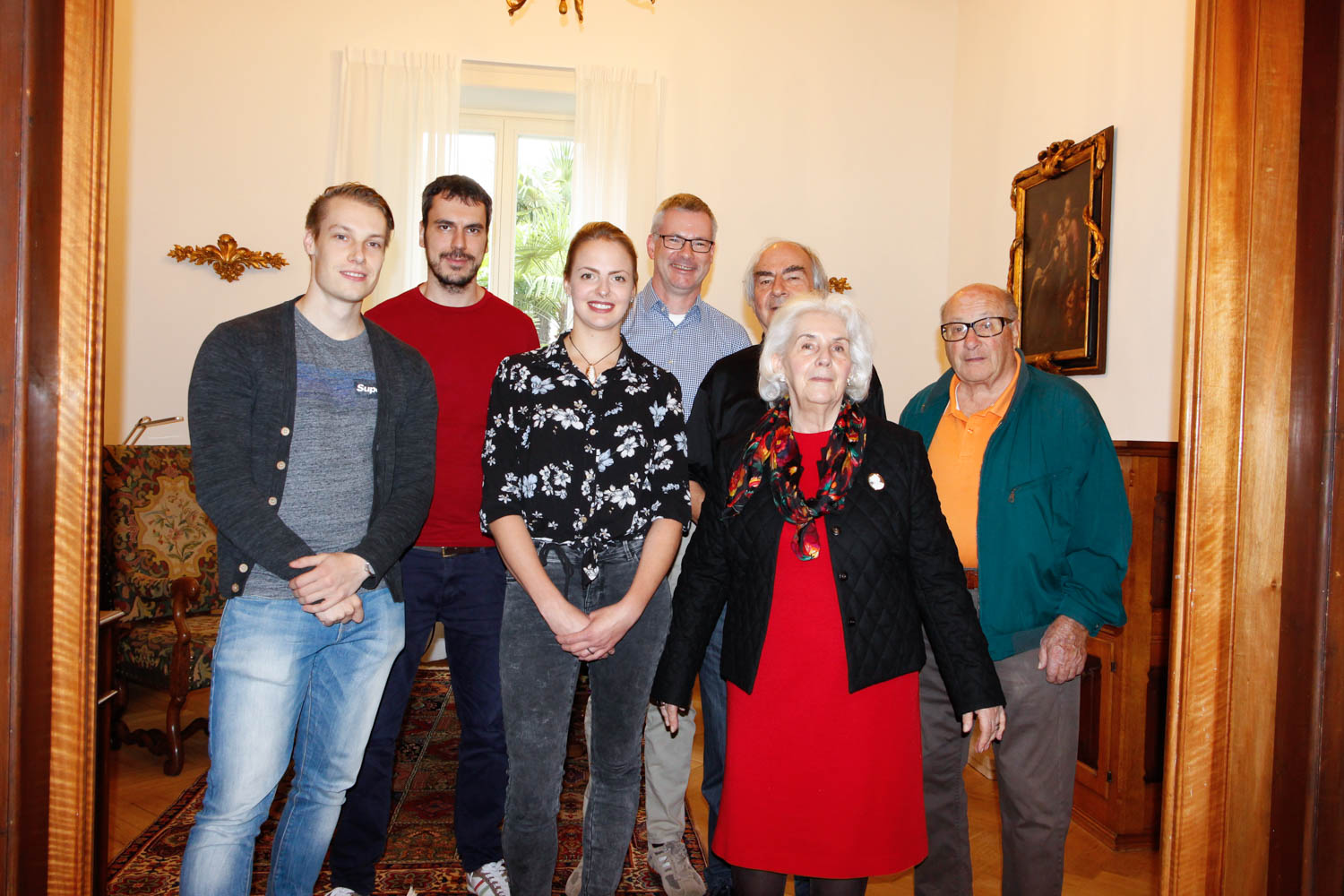Overview: Global Laser, Lighting & Scintillator Opportunities
- Interaction of light with matter
- Light as the basis of life
- Conventional & emerging applications
- Markets for lasers, light sources, luminescent materials, and scintillators
The seminar program aims to educate Ph.D. students or Post-Docs, to promote innovation, and to initiate novel research projects or collaborations. Seminar contents are suitable for basic training or more advanced inquiry.

Istituto Privato di Chimica Fisica Teorica
Rheinische Friedrich-Wilhelms-University,
Bonn
Departamento de Fisica,
Facultad de Ciencias,
Campus de Liamaquique
Münster University of Applied Sciences
Leopold-Franzens-Universität Innsbruck
Institute of Physical Chemistry